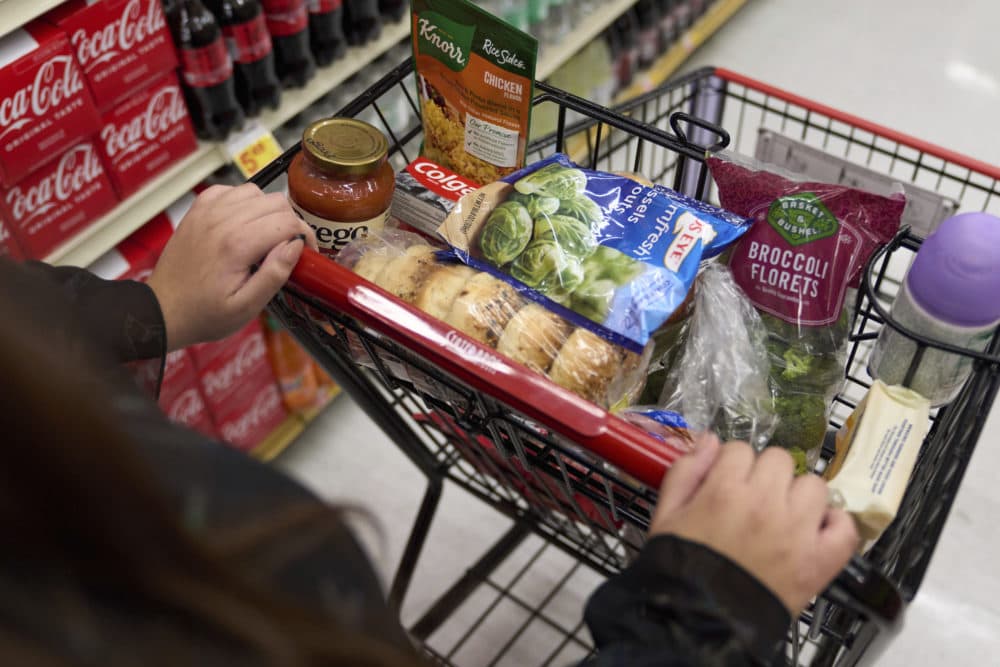Advertisement
The end of pandemic food assistance leaves millions vulnerable to insecurity
Resume
Millions of Americans got extra help paying for groceries during the pandemic through Supplemental Nutrition Assistance Program, known as SNAP. But starting this month, the extra pandemic benefits have ended and left households with anywhere between $95 and $250 less per month for groceries.
Here & Now's Peter O'Dowd speaks to Michael Flood, president and CEO of the Los Angeles Regional Food Bank, to hear about what the loss in SNAP means for food assistance services. Then, we hear from Jeana Lee, a single mother in Reading, Pennsylvania, who's now receiving more than $200 less for groceries starting this month.
This segment aired on March 3, 2023.